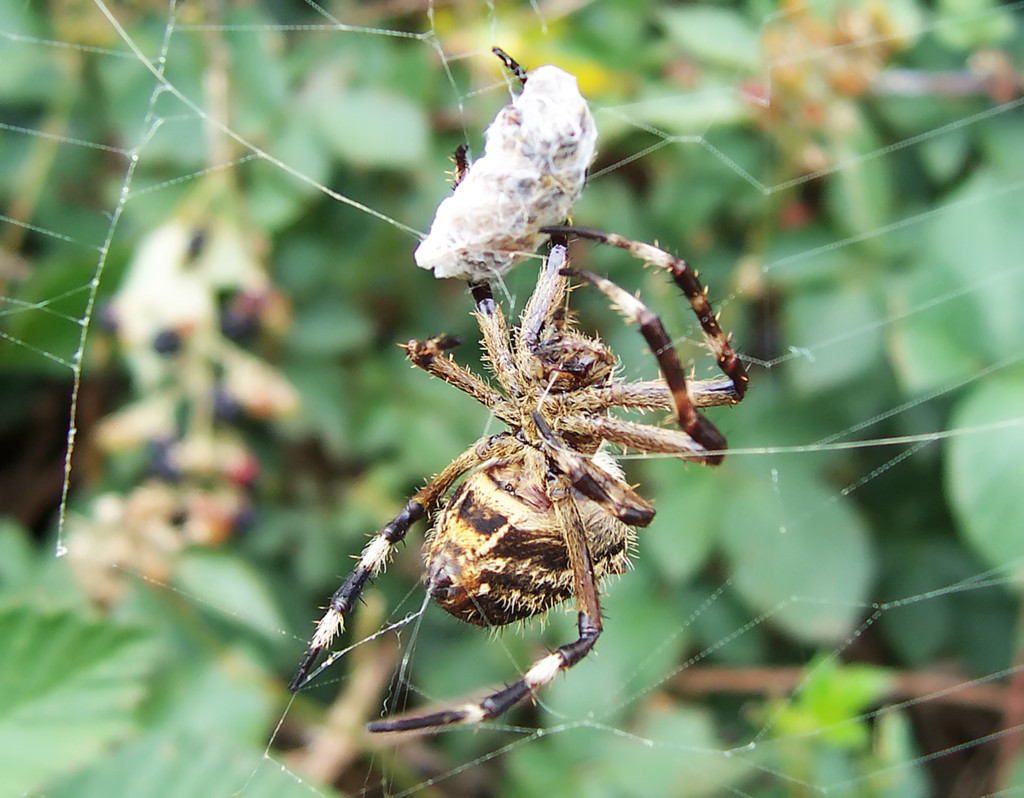 Elaine Isbell, Professor of Psychology and Mary Wells, Associate Professor of Psychology, agree that facing fears rather than avoidance is the best way to overcome the terror that is attached to phobias. Both agree that it is important to face your fears.
Elaine Isbell, Professor of Psychology and Mary Wells, Associate Professor of Psychology, agree that facing fears rather than avoidance is the best way to overcome the terror that is attached to phobias. Both agree that it is important to face your fears.
“A lot of us have things that we don’t like that we we’re phobic of, but we wouldn’t really diagnose it unless it got to level that it interfered with your functioning,” Wells said. “That’s the thing—a lot of phobias you can just avoid and it’s not going to necessarily impact your life in a negative way,” Isbell added.
Wells said there are a lot of people with snake phobias, which is not unusual, but here in Ohio it is not an issue because the likelihood of seeing a dangerous snake is low. However, Isbell said if people were to live in Texas, where there are lots of poisonous snakes, that’s where the phobia would become an issue.
Phobias fall into different categories: social and cultural phobias, specific phobia and agoraphobia. Cultural and social phobias are characterized by the fear of being judged by others or offending people. Specific phobia is triggered by a certain stimulus. Agoraphobia is the type of phobia where people fear open spaces that could easily become crowded.
Isbell mentioned that environment and socialization could impact the kind of phobias people develop. She said in Japan there are many cultural phobias because they feel as if their attitudes and beliefs are inadequate in social situations and their culture.
“In japan, they have a type of phobia where people are afraid of their own body odor and offending people,” Isbell said. “There’s a phobia of blushing and eye-to-eye contact—it’s very interesting.”
Isbell and Wells agree that the media also plays a huge role in stimulating phobias. “The media definitely contributes to what we find [frightening], and it’s probably especially true at this time of year at Halloween, and all things people do to purposely scare ourselves,” Wells said.
“Alfred Hitchcock tends to create kind of phobic response in people,” Isbell said. “It’s interesting because there certainly can be that impact in popular culture in terms of what people fear,” Wells added.
Fear of clowns is another phobia people have, according to Isbell and Wells. It’s not only common in children, but also adults. However, they said it stems from evolution because if people can’t recognize facial expressions because of a mask, then it becomes difficult to see if they present a risk.
“If you think about it from an evolution point of view—before our hunting and gathering ancestors, before we had language. How we were able to judge whether a person presented a risk to us was often judging their facial expressions,” Wells said. “If you’re covered in makeup or you’re wearing a mask or something that hides your face, then it makes it more difficult to judge.”
Isbell said most of us have our irrational fears, and can identify with certain common phobias.
“One of the most common is public speaking. Psychology Today did a survey that indicated that public speaking was their greatest fear, more than death,” Isbell said. “People would rather die than do public speaking.”
She also said that fear of blood is another common phobia, but the reaction is much different than any other phobia. “Usually when you experience a phobia, you’re going to be very aroused and frightened, but with blood injection injury, your blood pressure goes very low and people end up fainting,” Isbell said. “You get an increase in physiology with any phobia, but with [blood injection injury] your body just shuts down,” Wells added.
Often with phobias, there’s a real element of danger, according to Wells. However, when these terrors become irrational, that’s when it becomes over the top. “If you think about the things that people are phobic of, you can fall from very high up, or people who are claustrophobic, you can suffocate if you’re in an enclosed space for too long—so there is this element of real fear, but the phobia is just over the top,” Wells said.
Both Isbell and Wells agree that people with anxiety, mental or sensory development issues tend to experience more phobias, but genetics and learned behaviors play a vital role, as well.
“There are some phobias that have a stronger genetic contribution, but also there are phobias that are comorbid with other disorders,” Wells said. “People who have other anxiety disorders are at an increased risk to have phobias, as well.”
Isbell incorporated that phobias also could stem from a historical point of view, such as a fear of rodents, fear of the dark or fear of heights because they were a danger to ancestors. There’s some evidence that maybe people are prepared to fear certain things, Wells added. “We are hard-wired to fear certain sorts of things,” Wells said.
Avoidance is not an option to overcoming fear, according to Isbell and Wells. They said exposure is the key to prevent phobias—not just one time, but also multiple times in a gradual way. They both agree that people need to be willing to face their fears.
“Exposing yourself to things that don’t necessarily make you comfortable is a good thing,” Wells said. “If you have a negative experience with something, it’s best to expose yourself to it right away because the longer you avoid it the tendency is to increase the fear of the situation,” Isbell added.
When a phobia gets in the way of functioning and interacting that’s when people need clinical help, according to Isbell and Wells. They said treatment for phobias is successful.
If you want more information about phobias, you can check out the phobia table hosted by the Psychology Club in the Tartan Marketplace on Oct. Wednesday 28 from 9:00 a.m. to 2:00 p.m.
Gabrielle Sharp
Executive Editor

